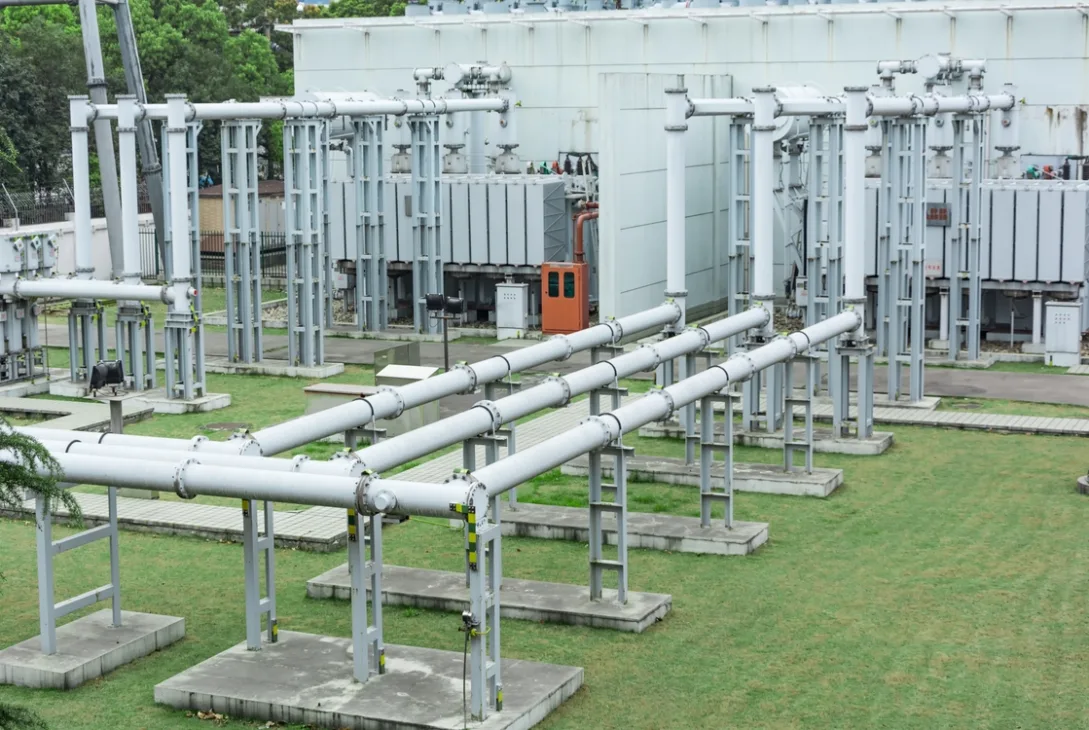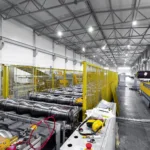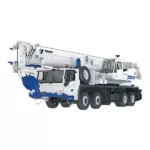Heat exchangers play a crucial role in various industries, including Malaysia, where efficient heat transfer is essential for optimizing processes. Among the different types of heat exchangers, the shell and plate type heat exchanger has gained popularity for its numerous advantages. This article explores the benefits of shell and plate heat exchangers in Malaysia, highlighting their efficiency, compact design, and versatility.
Shell and Plate Heat Type Exchangers
Shell and plate heat type exchangers are known for their exceptional heat transfer efficiency. The design incorporates a series of corrugated plates, creating a large surface area for heat exchange. The fluid flows through alternating channels, promoting turbulent flow and enhancing heat transfer rates. This efficient design allows high heat transfer coefficients, improving performance and reducing energy consumption.
One significant advantage of shell and plate type heat exchangers is their compact size. These heat exchangers have a smaller footprint than traditional shell and tube heat exchangers. The compact design is especially beneficial in Malaysia, where space optimization is crucial in industries with limited area availability. The reduced size also facilitates easier installation and maintenance, saving time and resources.
Shell and Plate Type Heat Exchangers
Shell and plate type heat exchangers offer versatility in various applications. They can effectively handle high and low-temperature fluids, making them suitable for various industrial processes. Whether it is heating or cooling applications, these heat exchangers can accommodate demanding conditions, including corrosive or high-pressure environments. Industries in Malaysia, such as petrochemical, oil and gas, food and beverage, and HVAC, can benefit from the adaptability of shell and plate heat exchangers.
The corrugated plates in shell and plate heat exchangers provide enhanced heat transfer efficiency compared to other heat exchangers. The turbulent flow created by the grooves helps to break up the boundary layer and improve heat transfer rates. This results in reduced fouling and improved performance, enabling efficient heat transfer even with fluids that tend to cause scaling or fouling.
Comparison between Heat Exchangers
Maintaining and cleaning shell and plate heat exchangers in Malaysia is relatively straightforward. The compact design allows easy plate access and simplifies inspection and maintenance. Individual plates can be removed for cleaning or replacement without dismantling the entire heat exchanger. This ease of maintenance contributes to cost savings and minimizes downtime.
Shell and plate type heat exchangers offer cost efficiency in terms of initial investment and operational costs. Their compact size translates to lower material requirements and reduced installation costs. Moreover, their enhanced heat transfer efficiency reduces energy consumption, lowering operating costs. The ability to handle challenging operating conditions also contributes to a longer equipment lifespan, reducing replacement and maintenance costs.
In Malaysia, where efficient heat transfer is vital for industrial processes, shell and plate-type heat exchangers provide numerous advantages. Their efficiency, compact design, versatility, enhanced heat transfer efficiency, ease of maintenance, and cost efficiency make them a preferred choice across various industries. For heating or cooling applications, shell and plate heat exchangers offer reliable and optimized heat transfer solutions in the Malaysian industrial landscape.







